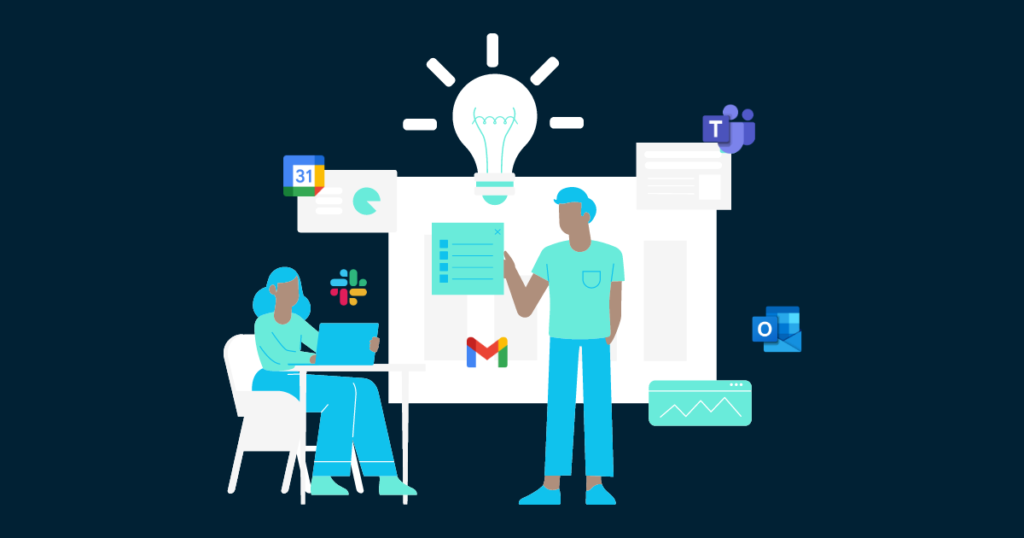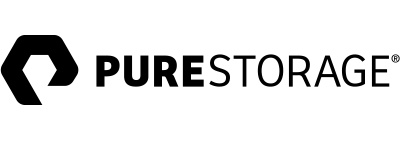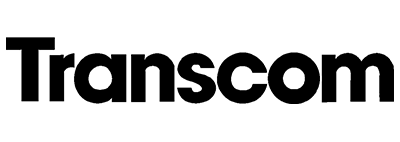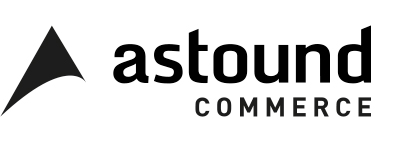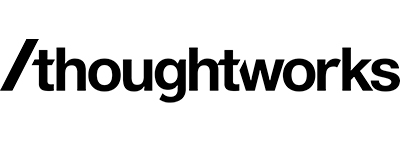Digital workplace analytics is a game-changer when it comes to enabling growth for today's modern companies.
Essentially, it’s the process of collecting, analysing, and interpreting data from various sources within a company on one centralised platform. This can include data from Slack, Google Workspace, Microsoft 365 and other digital tools that your employees use on a daily basis.
By collecting and analysing this data, and combining with employee feedback, companies can gain a deeper understanding of how work gets done in the digital workplace, identify patterns and trends, and make more informed data-driven decisions that accelerate growth.
Why do you need digital workplace analytics?
For centuries, work was something that happened in a physical place. That changed in Spring 2020, when over a matter of days, weeks at a maximum, employees were forced home and we saw the rapid adoption of digital workplace tools like Slack, Google Workspace, Microsoft 365 and more.
This was the catalyst that would change work as we once knew it forever.
Today, everything now happens in your digital workplace — it’s where teams collaborate, communicate, celebrate their wins, evaluate the losses, and where modern working culture lives.
As a result, the companies that will succeed will be those that truly understand the importance of their digital workplace, get a unified view of its usage and impact, and transform it to support stronger growth across three pillars: productivity, collaboration and the digital employee experience.
Breaking down the barriers to growth with digital workplace analytics
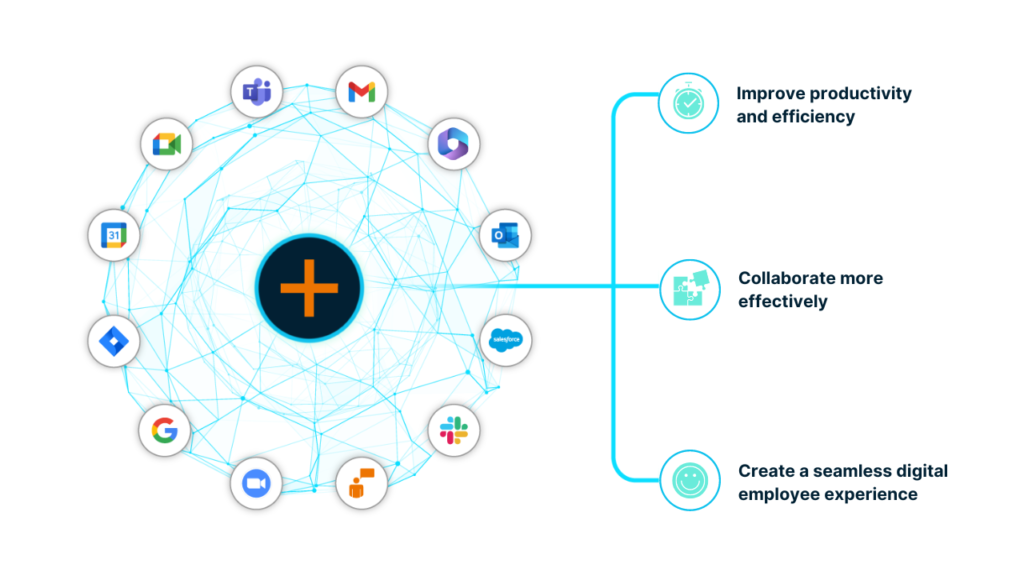
Improve productivity and efficiency
One of the key ways digital workplace analytics can be used to overcome barriers to growth is by providing insights into productivity. By measuring the usage of digital workplace tools, organisations can identify areas where they can optimise processes and streamline workflows to increase efficiency.
For example, by analysing the data collected from Slack, organisations can gain insights into how teams are communicating. Leaders can measure the usage of Slack channels, and determine which channels are the most active and which ones are being used the least. This information can be used to optimise communication processes, delegate tasks more effectively and foster teamwork.
Another area where digital workplace analytics can provide valuable insights into improving productivity is in meetings. By analysing the data collected from meeting platforms, including Google Calendar, Google Meet or Microsoft Calendar, leaders can determine how effectively information is shared, where time is being wasted and how teams can work smarter.
This can empower employees to prioritise their time and attend only the most important and relevant meetings, leading to a reduction in time spent in meetings and a corresponding increase in overall productivity, leading to an increase in revenue. Digital workplace analytics can also drive greater alignment and understanding among team members, as clear agendas and outcomes are established for each meeting, and a corresponding reduction in miscommunication-related errors, leading to an increase in revenue.
A further benefit is a reduction in frustration and stress, as employees are no longer burdened by endless and ineffective meetings, leading to improvements in the digital employee experience and productivity.
Collaboration
Digital workplace analytics can play a critical role in enabling organisations to overcome their barriers to collaboration and improve teamwork. By analysing data collected from digital workplace collaboration tools and platforms, organisations can understand how collaboration occurs in the modern working set-up and measure the effectiveness of their collaboration efforts, in order to drive growth and revenue opportunities.
There are a number of key metrics that organisations can surface using digital workplace analytics, including the number of messages exchanged in Slack, Teams or via Gmail, the number of files shared in Google Drive, and the number of calendar invites accepted and rejected in Microsoft 365, to name just a few.
Combine these key digital workplace metrics with continuous Network Analysis – a digital workplace analytics method of analysing the relationships and interactions between individuals and teams within an organisation – and you’re on to a winner.
There are a number of ways network analysis enables leaders to overcome barriers to collaboration, including highlighting collaboration silos. This visibility on your internal roadblocks drives an increase in decision-making speed and quality, therefore a corresponding reduction in time-to-market, leading to an increase in revenue. Similarly, digital workplace network analysis empowers leaders to understand where collaboration is booming, and understand how this can be replicated across the rest of the organisation.
One opportunity preseted by digtital workplace network analysis is being able to identify the key players within the organisation, including those who are central to the network, those who have the most influence, and those who play a vital role in facilitating communication and collaboration. This information can be used to delegate tasks more effectively and optimise communication processes.
Digital Employee Experience (DEX)
In addition to productivity and collaboration, digital workplace analytics can also provide valuable insights into the digital employee experience.
By understanding how employees are interacting in digital workplace tools and collecting insights using employee surveys, organisations can identify areas where they can intentionally improve the design and implementation of the digital workplace to create a more positive and productive work environment.
For example, by analysing the data collected directly from your workforce you can empower them to share their digital employee experience and discover fresh opportunities to improve your digital workplace.
Combine this with continuous insight into the usage and impact of your digital workplace, and you can enable your teams to drive greater growth with the right technology and digital workplace practices – wherever and whenever they work.
For example, digital workplace analytics can enable leadership to measure out-of-hours working patterns. This can be a great signal of the digital employee experience and the causes of long days could be mapped to meetings, employee context switching and notifications, poor technology efficiency, and much more.
Who is digital workplace analytics for?
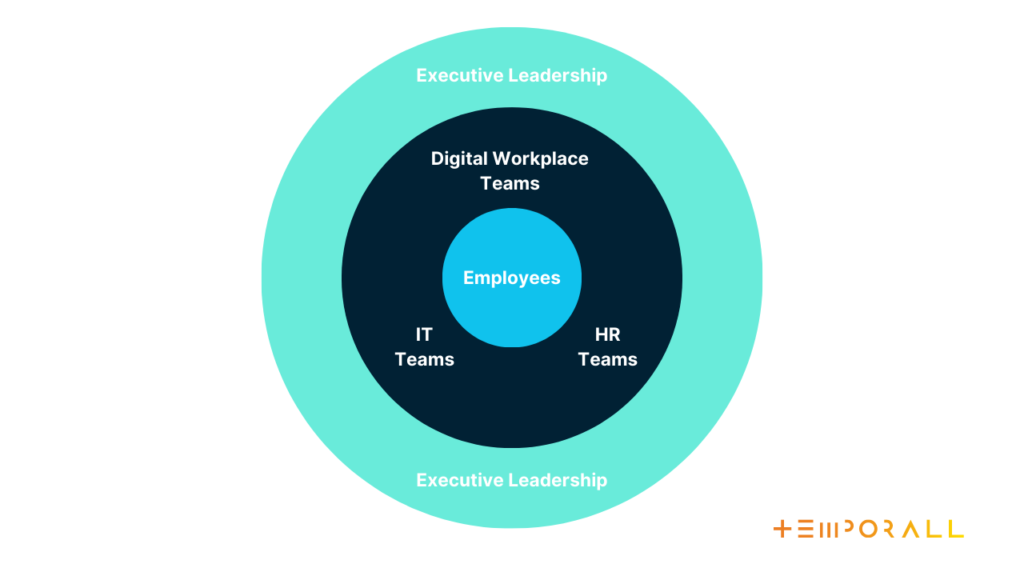
Executive Leadership
Digital workplace analytics can provide executive leadership with a comprehensive view of the organisation’s performance, including productivity, collaboration, the digital employee experience and business outcomes, enabling them to make data-driven decisions that drive growth.
IT Teams
IT teams can use digital workplace analytics to monitor and optimise the usage and impact of technology, identify and resolve technical issues, and ensure that digital workplace tools are being used effectively and efficiently.
HR Teams
Digital workplace analytics can provide HR teams with valuable insights into employee sentiment, turnover trends and diversity and inclusion metrics, enabling them to make data-driven decisions on recruitment, retention and employee engagement initiatives.
Digital Workplace Teams
Digital workplace teams can use analytics to measure the effectiveness of digital workplace initiatives, such as remote work policies, digital collaboration tools, and other workplace innovations. This information can be used to improve the overall digital workplace experience for employees and empower more a productive and collaborative future.
Employees
Ultimately, digital workplace analytics is about empowering employees to drive growth. It can highlight patterns in the way an organisation works to help employees understand their own performance, identify areas for improvement, and receive targeted training and development opportunities that align with their personal, departmental and company goals.
Meet Temporall, your digital workplace analytics platform.
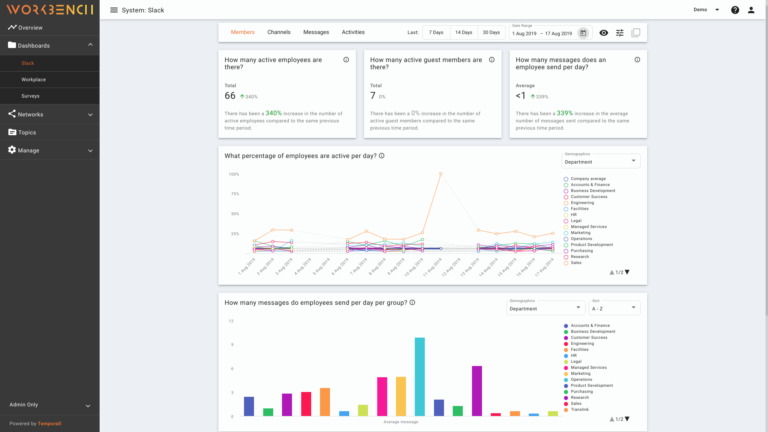
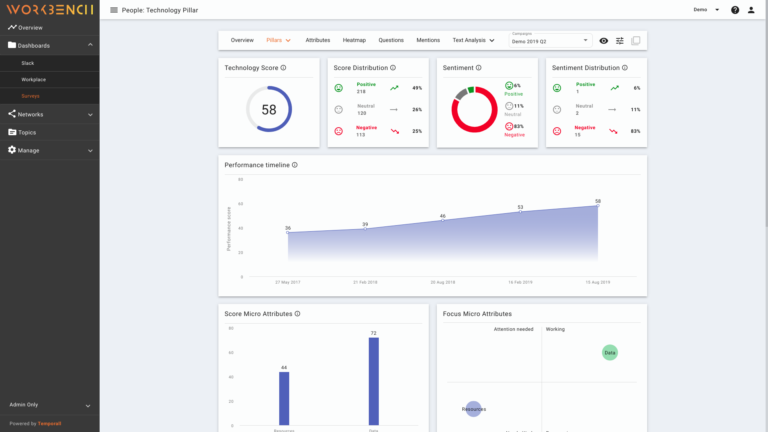
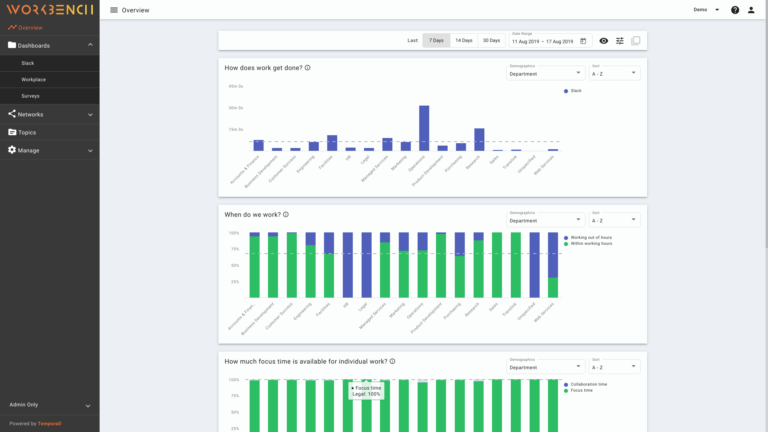
With dashboards, networks and surveys, Temporall brings you visibility across your evolving digital workplace to highlight barriers to your success and opportunities for change.
The actionable analytics enable digital workplace professionals responsible for communications, collaboration and end-user technologies to revolutionise how your business works – and ultimately accelerate growth.
Temporall business cases include meetings culture, remote and hybrid working, digital employee experience, tooling efficiency, measuring the success of digital transformation initiatives and much more.
This is the start of the digital workplace era, and as you embark on the future, now is the perfect time to consider how to best use technology to deliver impactful change.

